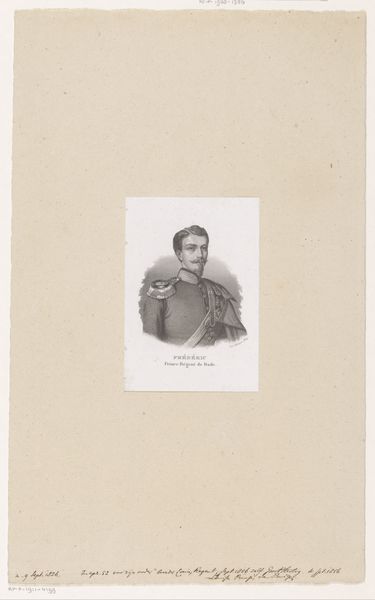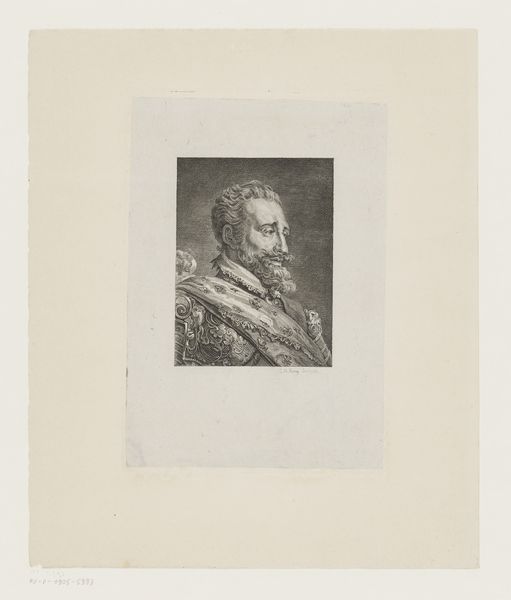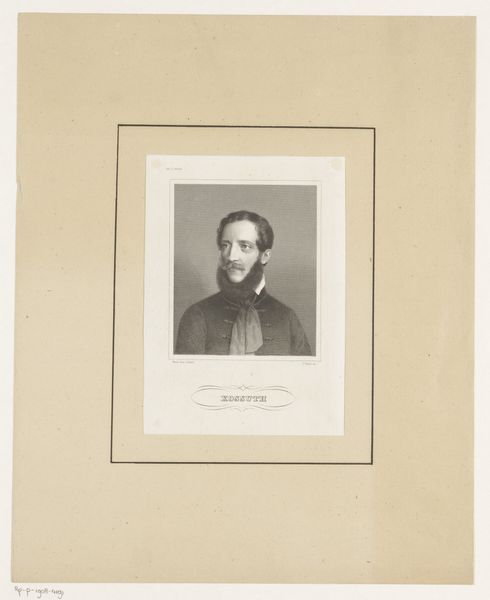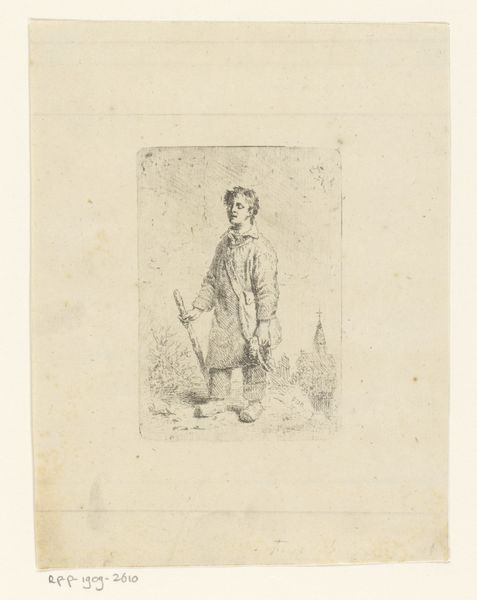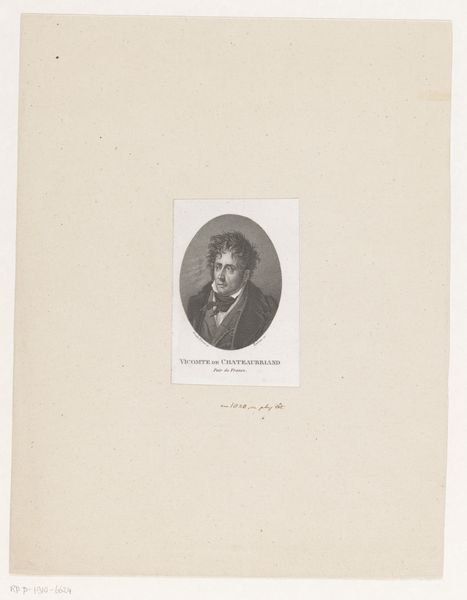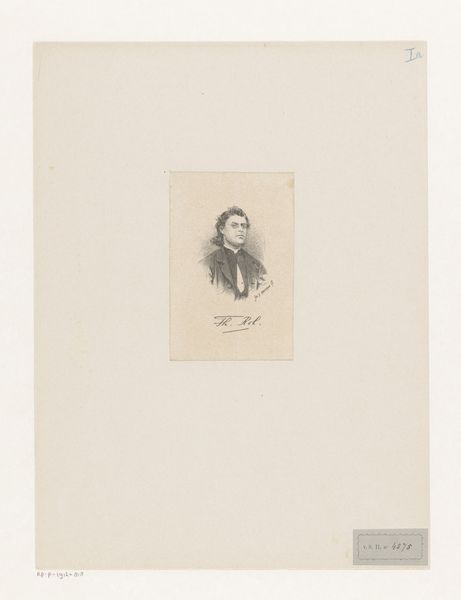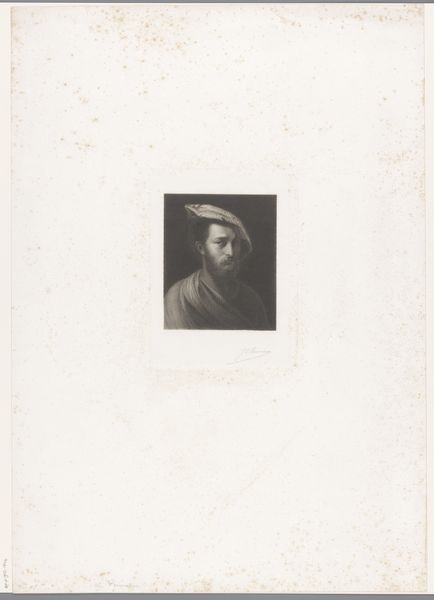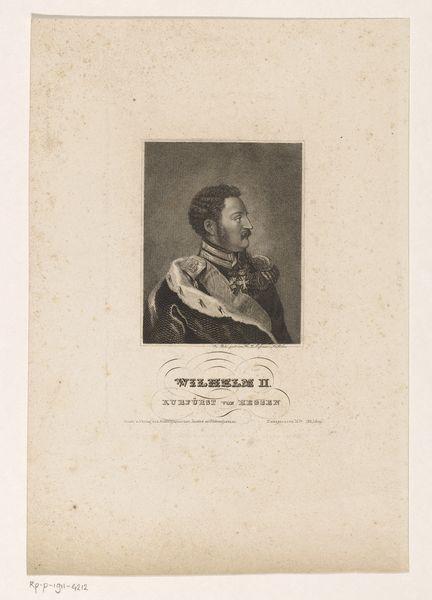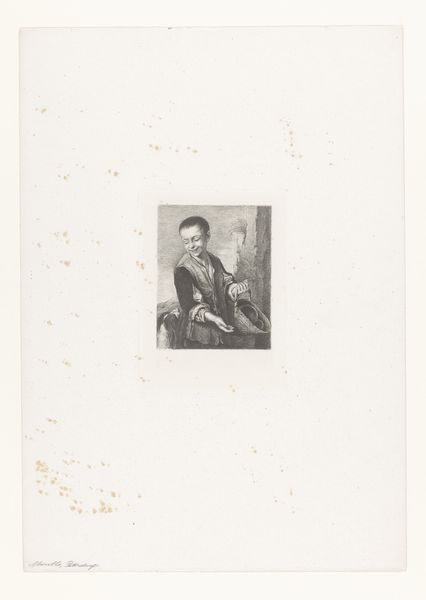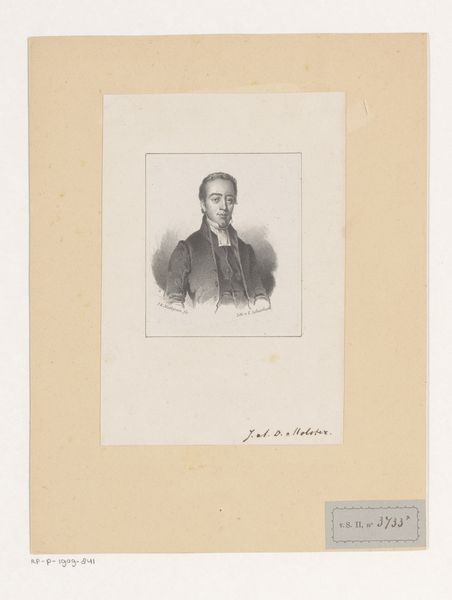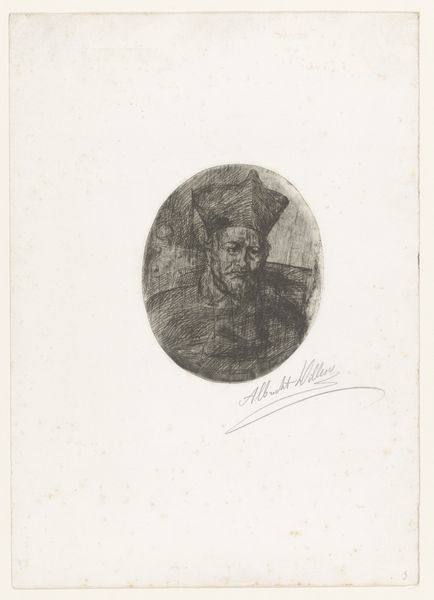
print, engraving
#
portrait
#
neoclacissism
# print
#
history-painting
#
academic-art
#
engraving
#
realism
Dimensions: height 162 mm, width 105 mm
Copyright: Rijks Museum: Open Domain
Curator: Welcome. We are looking at an engraving, “Portret van Karel V,” or “Portrait of Charles V,” attributed to Auguste Dutillois. It was created sometime between 1830 and 1850. Editor: It feels rather austere, even formal, for a portrait. I’m immediately struck by the level of detail achieved through the engraving process, especially the rendering of texture. The fur trim looks quite opulent and the armour contrasts with its shimmer. Curator: Absolutely. Consider the historical context: This work, produced in the 19th century, depicts a ruler who lived centuries before. It speaks to the enduring fascination with figures like Charles V, particularly during periods of nation-building and the construction of historical narratives. Think of the rise of historical painting as a genre, closely tied to national identity. Editor: Right. It prompts questions about reproduction, the way the original painting transforms through printmaking into multiples. Dutillois wasn’t just representing Charles V, but was actively circulating and re-presenting him. This also shifts my thinking toward how such portraits serve as artifacts themselves. What was the paper source, the ink quality? What kind of labor went into making and printing it? Curator: An important point! And let's consider that academic-art styles like Neoclassicism, reflected here in the figure's idealized features, harked back to notions of power and authority. Dutillois' choice to depict Charles V in armor signifies military strength, projecting the subject as an enduring symbol of leadership, but it could also be a subtle suggestion about its role in war. Editor: Precisely, and those deliberate aesthetic choices translate into material realities. Someone had to forge that metal, craft that chain, to make the historical fact into art. The layering of craft, consumption, and symbolism suggests the portrait might be viewed, in many ways, as a type of advertisement. Curator: An excellent way to consider this, drawing a connecting line between material realities and historical figures like Charles V is important. These choices aren’t neutral, and viewing them as part of broader cultural and social trends makes them all the more interesting to contextualize. Editor: Yes. Hopefully, that’s something that everyone listening takes away and explores further.
Comments
No comments
Be the first to comment and join the conversation on the ultimate creative platform.

